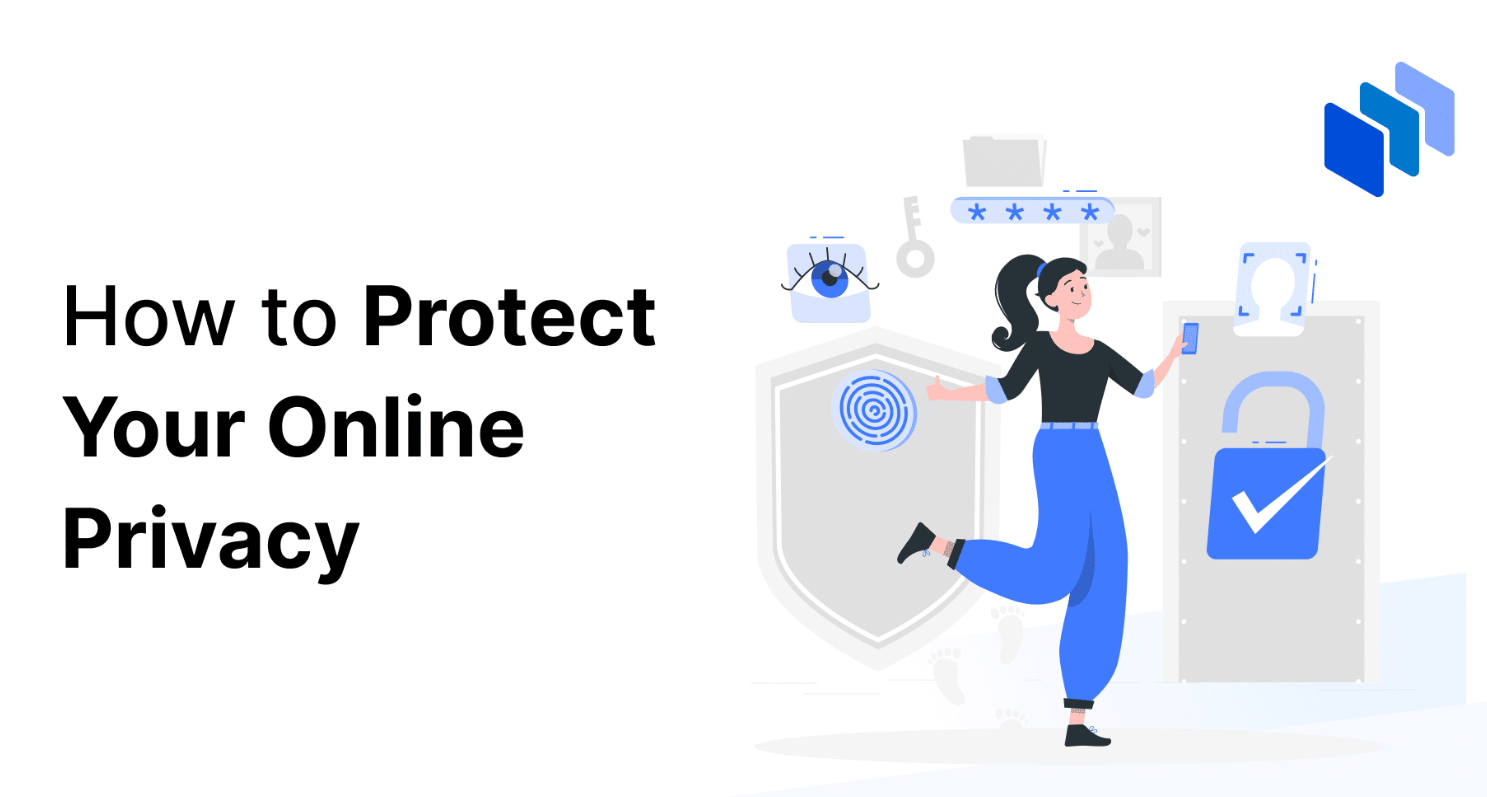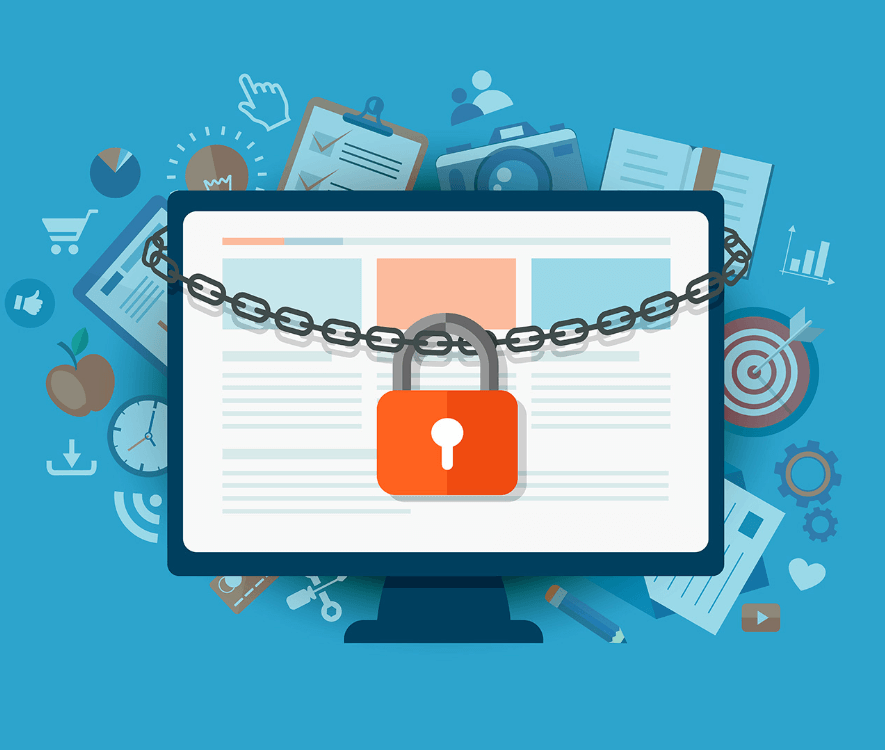
Protecting Your Online Privacy: The Essential Guide to Staying Safe Online
In an era marked by Protecting Your Online Privacy: The Essential Guide to Staying Safe Online increasing digital vulnerabilities, understanding the nuances of online privacy has become more essential than ever. The risks associated with data breaches and pervasive surveillance require a proactive approach to safeguarding personal information. Among the myriad of strategies available, identifying the most effective practices can be overwhelming. However, by exploring a comprehensive guide to online safety, one can uncover critical tools and techniques that may significantly enhance their digital security. What are the key measures everyone should adopt to ensure their online presence remains protected?
Understanding Online Privacy Risks
In the digital landscape, understanding online privacy risks is crucial, as individuals increasingly face threats from data breaches, surveillance, and unauthorized data collection practices.
Data breaches expose sensitive information, while tracking cookies facilitate pervasive online monitoring, eroding personal freedom.
Awareness of these risks empowers users to take proactive measures, thus safeguarding their privacy and asserting control over their digital identities in an interconnected world.

Best Practices for Secure Browsing
Implementing best practices for secure browsing is essential for mitigating risks associated with online threats and ensuring the protection of personal and sensitive information.
Utilize secure connections, such as HTTPS, to encrypt data during transmission.
Additionally, leverage reputable browser extensions that enhance security features, blocking tracking scripts and malicious content.
This proactive approach empowers users to navigate the internet with greater freedom and confidence.
Read more: Wallpaper:038he2kstyy= Dna
Tools for Enhanced Privacy
To further enhance online security measures established through secure browsing practices, a variety of tools specifically designed for privacy protection can significantly bolster user defenses against data tracking and unauthorized surveillance.
Utilizing privacy-focused browsers minimizes exposure to tracking scripts, while encrypted messaging applications ensure secure communication.
These tools collectively empower users, fostering a digital environment where personal freedoms are safeguarded against invasive technologies.
Managing Social Media Settings
Effective management of social media settings is crucial for mitigating privacy risks and controlling the dissemination of personal information across digital platforms.
Users must routinely review and adjust their privacy settings to regulate profile visibility, ensuring that only trusted contacts access sensitive data.
Implementing stringent privacy configurations empowers individuals, safeguarding their digital footprint while promoting autonomy over personal information shared within social networks.
Read more: Wallpaper:8rfl1kg8myo= Vintage Halloween
Conclusion
In conclusion, Protecting Your Online Privacy: The Essential Guide to Staying Safe Online necessitates a multifaceted approach, encompassing secure browsing practices, the utilization of advanced privacy tools, and vigilant management of social media settings.
How can individuals effectively navigate the complexities of the digital landscape without compromising their personal information?
By adopting robust security measures, employing encryption technologies, and remaining informed about potential threats, users can significantly mitigate risks and enhance their online safety, thus fostering a more secure digital environment.



